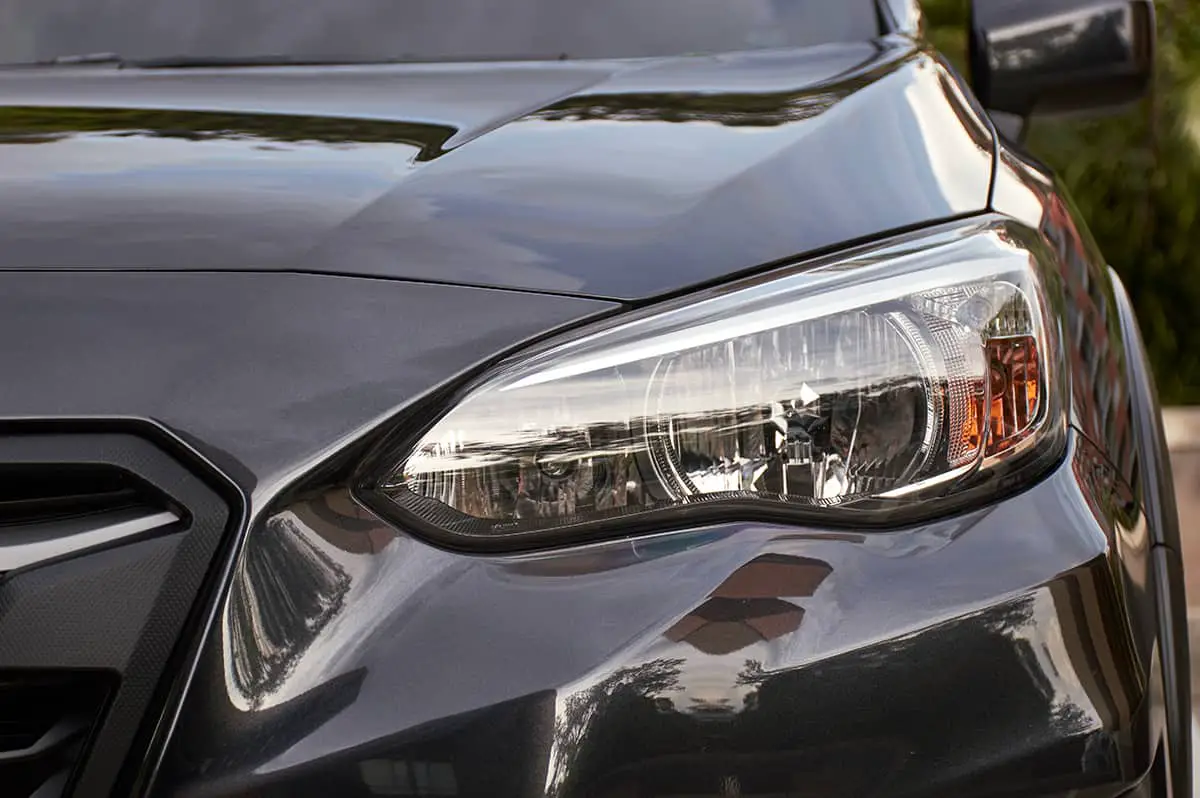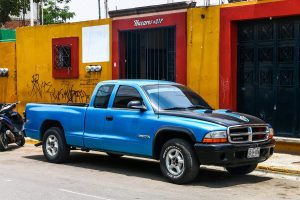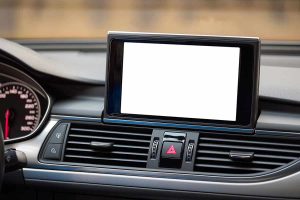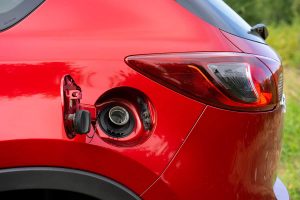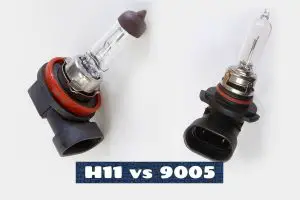Subaru launched the Forester in 1997, which was loosely based on the highly successful Impreza. The Forester’s boxy design and gritty aesthetic would go on to become the most unique features of this compact SUV. As fantastic as this car is, there are a few model years that you should avoid picking up second-hand.
The best Subaru Forester model years are as follows:
- 2004-2009
- 2012-2013
- 2016 and beyond
The worst model years are:
- 1998-2001
- 2003
- 2010-2011
- 2014-2015
As you’re probably already aware, not all Subaru Foresters are made the same. In this guide, I’ll explain what makes certain model years great and not-so-great and how long the typical Forester lasts, as well as what to expect from the 2023 Forester model.
Best Years for Subaru Foresters
Since not all Subaru Foresters are built the same, it’s generally a good idea to examine each model year closely to see whether or not it’s worth sinking money into a used Forester. I’ve done the research for you, so all you have to do is take a look at the following model years to see which are the best and worst ones.
Let’s start with the best years.
2004-2009
The Forester models that fall in this year’s range handle and ride like an excellent sedan. For their class, they also offer respectable acceleration and decent fuel efficiency. The cabin has been polished well, and the controls are thoughtfully organized. It’s simple to get in, and the seats are really comfortable. Something that stands out from this model year range is their impressive crash-test results.
2012-2013
One of the top small SUVs on the market is the 2012-13 iterations of the classic Forester. It has a smooth ride and has one of the best handling characteristics of any small SUV. It looks as pleasant from the outside as it is roomy on the inside, and its new non-turbo engine offers it amazing unparalleled performance compared to its predecessors. It could have had better fuel economy and acceleration, but for a 4-speed automatic, it offered a decent ride.
2016 and beyond
Since 2016, Forester has consistently impressed people across the world. Subaru has focused more heavily on function over form, which was a breath of fresh air for anyone who wanted a roomy cabin encased in a weather-durable exterior driven by an AWD drivetrain.
Worst Years for Subaru Foresters
If you’re in the market for a used Subaru Forester, then perhaps you should do your best to avoid the following model years.
1998-2001
While the first generation will forever live in the hearts of hardcore Forester fans everywhere, it was quite objectively not very good, to say the least.
The most serious gasket head issues were present in the Foresters from 2001 and earlier, with the 1998 model being the worst of the offenders. Nearly all Foresters from this era had head gasket leaks, which typically occurred after 50,000 miles. All things considered, this wasn’t too bad, but it was consistent enough that you may want to avoid all first-gen models.
2003
While the 2003 version of the Forester didn’t experience the same gasket problems as the first-gen models, it was still far from perfect. It was roomy, had a powerful engine, and was widely praised for its safety features. However, there still wasn’t enough ground clearance for fans to take this Forester off the roads. Another common issue was with the burning engine oil, which needed to be checked long before the 5,000-mile mark after the first 75,000 miles.
2010-2011
2010 and 2011 were arguably the worst years for the Subaru Forester. They would frequently experience blown head gaskets, loud cold starts, and warning lights that flashed seemingly at random. All of these things would typically take place after the 90,000-mile mark, which pretty much affects all used 2010-2011 Foresters on the market today.
2014-2015
Subaru somehow managed to turn the 2012-2013 year models into, yet again, another nightmare for their fans. The 2014-2015 models had suspension, transmission, and electrical problems that got so bad that some users complained of their cars breaking down in the middle of driving.
The worst problem was that these things would occur only after 50,000 miles, forcing people to pay through the nose for costly repairs or to switch to another vehicle entirely.
Subaru Forester Review Summary
Some of the world’s most reliable online car reviewers are Car and Driver, Kelley Blue Books, Edmunds, and J.D. Power. Let’s see what these 4 reviewers have to say about all of the Subaru Foresters to date.
| Model Year | Car and Driver | Kelley Blue Books | Edmunds | J.D. Power |
| 2023 | 8 of 10 | 4.5 of 5 | 7.9 of 10 | 80% |
| 2022 | 8 of 10 | 4.5 of 5 | 7.9 of 10 | 84% |
| 2021 | 8 of 10 | 4.5 of 5 | 7.8 of 10 | 83% |
| 2020 | 8 of 10 | 4.5 of 5 | 7.8 of 10 | 82% |
| 2019 | 8 of 10 | 4.5 of 5 | 7.8 of 10 | 78% |
| 2018 | N/A | 4.3 of 5 | 7.3 of 10 | 82% |
| 2017 | N/A | 4.3 of 5 | 3.5 of 5 | 77% |
| 2016 | N/A | 4.3 of 5 | 4.1 of 5 | 82% |
| 2015 | N/A | 4.3 of 5 | 3.6 of 5 | 79% |
| 2014 | N/A | 4.3 of 5 | 4.0 of 5 | 77% |
| 2013 | N/A | 4.2 of 5 | 3.7 of 5 | 77% |
| 2012 | N/A | 4.2 of 5 | 3.6 of 5 | 79% |
| 2011 | N/A | 4.2 of 5 | 3.7 of 5 | 80% |
| 2010 | N/A | 4.2 of 5 | 4.2 of 5 | 82% |
| 2009 | N/A | 4.2 of 5 | 4.3 of 5 | 80% |
| 2008 | N/A | 4.5 of 5 | 4.7 of 5 | 82% |
| 2007 | N/A | 4.5 of 5 | 4.1 of 5 | 80% |
| 2006 | N/A | 4.5 of 5 | 4.5 of 5 | 80% |
| 2005 | N/A | 4.5 of 5 | 4.6 of 5 | N/A |
| 2004 | N/A | 4.5 of 5 | 4.6 of 5 | N/A |
| 2003 | N/A | 4.5 of 5 | 4.7 of 5 | N/A |
| 2002 | N/A | 4.5 of 5 | 4.4 of 5 | N/A |
| 2001 | N/A | 4.5 of 5 | 4.1 of 5 | N/A |
| 2000 | N/A | 4.5 of 5 | 4.2 of 5 | N/A |
| 1999 | N/A | 4.5 of 5 | 4.2 of 5 | N/A |
| 1998 | N/A | 4.5 of 5 | 4.0 of 5 | N/A |
2023 Subaru Forester Overview
Luckily, many of the issues we’ve seen in the past have been nearly completely eradicated following the 2016-year model. The most recent model, the 2023 Subaru Forester, offers a wide range of features, a large cabin for passengers and cargo, and far more safety features than the previous year’s version.
Here’s a quick rundown of the most recent Forester’s specs. Please note that the 2023 Subaru Forester is available in 6 different trim options (Base, Premium, Sport, Wilderness, Limited, and Touring) and that the following table only applies to the Base version.
| Parameters | Values |
| MSRP | $26,395 |
| Highway mileage | 33 MPG |
| City mileage | 26 MPG |
| Fuel capacity | 16.6 gallons |
| Engine | 2.5L 4-cylinder Subaru Boxer |
| Power | 182 HP @ 5,800 RPM |
| Torque | 176 lbs.-ft. @ 4,400 RPM |
| Drivetrain | CVT |
| Length | 182.7 in. |
| Width | 71.5 in. |
| Height | 68.1 in. |
| Wheelbase | 105.1 in. |
| Front track | 61.6 in. |
| Rear track | 61.8 in. |
| Ground clearance | 8.7 in. |
| Base curb weight | 3,454 lbs. |
| Towing weight | 1,500 lbs. |
| Front headroom | 41.2 in. |
| Rear headroom | 39.6 in. |
| Front legroom | 43.3 in. |
| Rear legroom | 39.4 in. |
| Front shoulder room | 58.1 in. |
| Rear shoulder room | 57.2 in. |
| Passenger volume | 111.6 cu. ft. |
| Cargo space behind 2nd row | 28.9 cu. ft. |
| Cargo space behind 1st row | 74.2 cu. ft. |
| Seating capacity | 5 |
How Long Does a Subaru Forester Last?
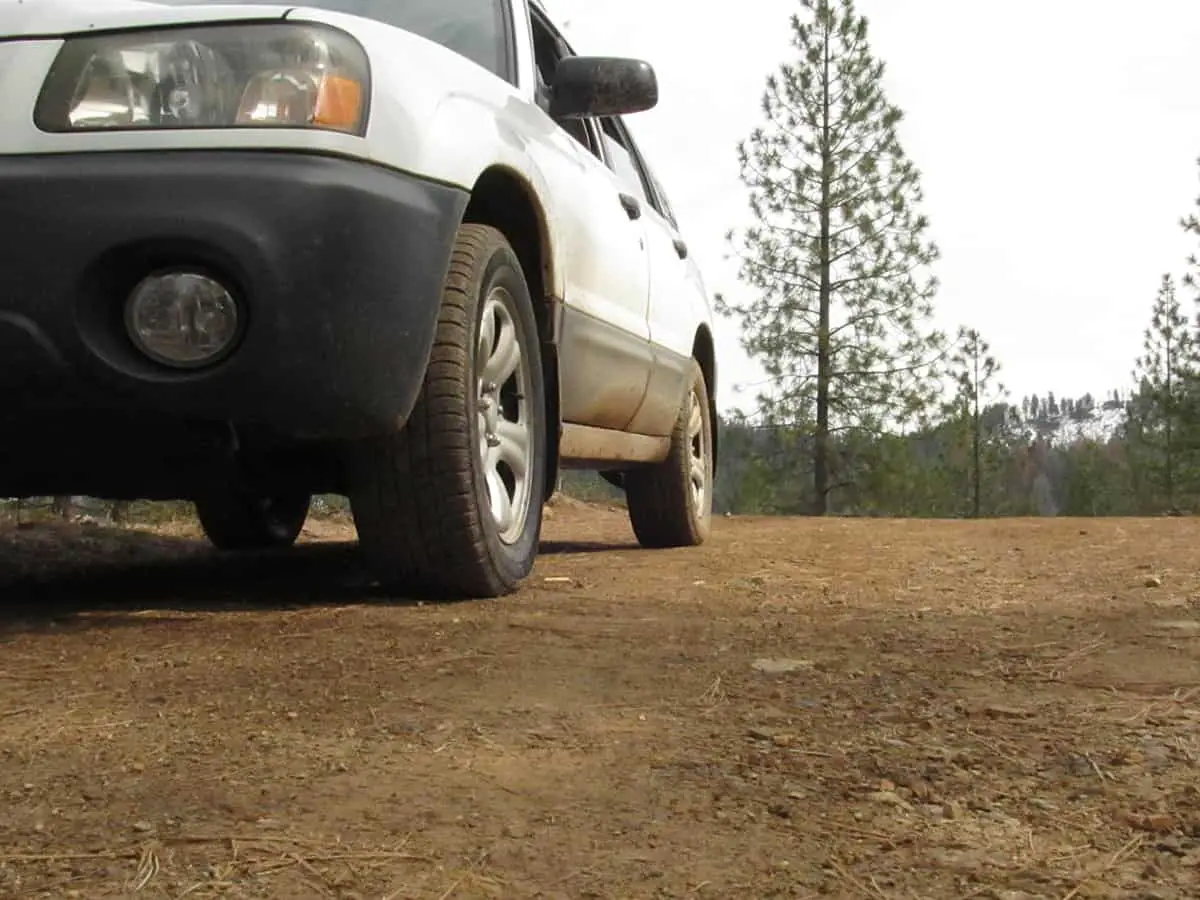
If you’re going to pick up a used Subaru Forester, you should at least figure out how many years of driving you can squeeze out of the vehicle.
On average, a Subaru Forester can drive up to 200,000 miles, which translates to roughly 13 years if you travel just 15,000 miles per year. With proper maintenance, you may be able to get an additional 50,000 miles from the car after the 200,000-mile mark or about 3 to 4 more years of work from a used Subaru.
Of course, secondary factors will come into play, such as how well the previous owner cared for the car, the quality of the engine, and whether or not there have been significant repairs done to the vehicle.
Should You Get a Used or Brand-New Subaru Forester?
As they say, the best thing you can do is to spend the most amount of money you’re willing to part with. If you have a budget of slightly north of $26,000, then perhaps a 2023 Subaru Forester would be the better option.
However, there are still 2022 Foresters out there that have yet to have an owner. So, if you’d like to save a bit of money while getting a new vehicle, it’s completely fine to shop 1 or 2 model years in the past.
But if you’re steadfast in purchasing a used Subaru Forester, then I highly recommend avoiding the 1998-2001, 2003, 2010-2011, and 2014-2015 models for the reasons described above.
Remember that your Forester’s engine has a limited lifespan of up to 250,000 miles with proper and frequent maintenance. If you don’t feel comfortable inheriting the problems with older models owned by people who may or may not have loved their Forester, then maybe you’ll do a better job of taking care of a new one.
